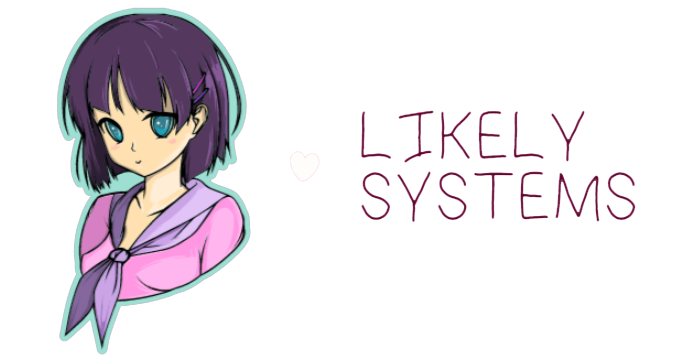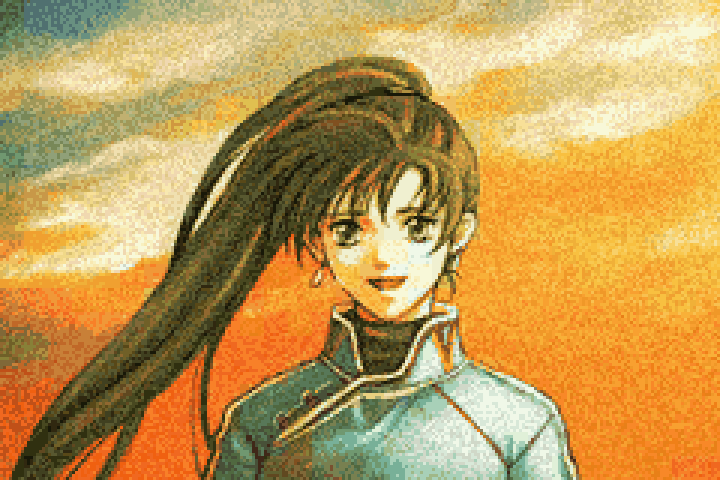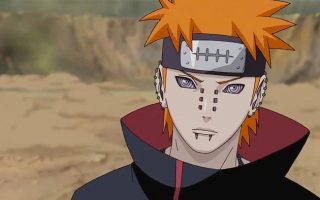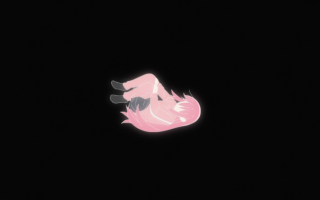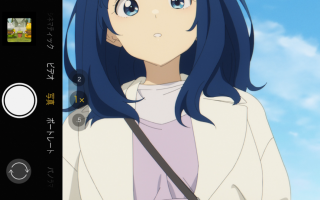I am going to date myself hard with this post. Now that the Fire Emblem games have so many popular entry points, like Awakening and Three Houses, I’ve noticed that there aren’t so many people these days who bat for Fire Emblem: The Blazing Blade (or just plain old Fire Emblem on the Game Boy Advance in the official western release). This was the very first game in the series to leave Japan, way back in 2003/2004. So yeah, 20 years ago.
This game was huge in my early childhood; it’s probably my second favourite game of all time. Now that it’s become freshly available on Nintendo Switch Online + Expansion Pack, I’ve been caught up in nostalgia. But in general, I think about this game a lot, because even in the modern era it still holds up in some significant ways.
At the time it came out and for a good decade after, Blazing Blade was the best introduction to the franchise and honestly for strategy RPGs in general. The game is notable these days for its lengthy tutorial, which comprised of 11 chapters (plus one optional side mission). It carefully taught players pretty much everything they need to know about the gameplay mechanics and wrapped all those explanations up in a simple, charming story.
Experienced players would no doubt find the extended tutorial frustrating, but that said, none of the games since have been as thorough about teaching you about strategy. Later entries would instead emphasise the RPG mechanics and character progression, giving players a wider array of options to tackle problems with. Nothing since Blazing Blade has quite hit the same balance of old-school challenge and accessibility—not even Fire Emblem Engage, which sells itself as a throwback to classic Fire Emblem.
An underrated factor to Blazing Blade’s success is its high replayability factor and satisfying difficulty curve: There are three separate character modes (each with Normal and Hard difficulties), and the game gives you a ranking at the end based on how quickly you completed the maps and how well you distributed EXP across your entire army. Basically, the game encourages you to use efficient clearing strategies while using your weakest characters, offering a more satisfying definition of difficulty compared to the harder modes in later games. There are also plenty of hidden side quests and recruitable characters with obscure requirements, for players who enjoy poring over their games with a fine comb.
The story of Blazing Blade is notable for being a prequel to the Japanese-only game Fire Emblem: The Binding Blade. Of course, you don’t need to play Binding Blade to appreciate Blazing Blade; besides a few scattered references to lore and recurring characters, the scope of the two games is very different. Binding Blade is a big ol’ war story (it’s basically the story of the first Fire Emblem game but with a red-haired protagonist instead of Marth), while Blazing Blade is a quieter tale about family and coping with loss, framed through multiple characters’ point of view. It’s a bit of an unusual plot structure for a Fire Emblem game, and it’s very much worth experiencing for the emotional journey its characters go through.
Blazing Blade technically has three protagonists, but Lyn (pictured above) is the poster child. She’s the one who gets an Emblem Ring in the base version of Fire Emblem Engage (not counting DLC), making her the representative character of her game. It’s a bit ironic, considering that she is relegated to a supporting role in the latter half of Blazing Blade, but her legacy as that game’s true protagonist does make sense considering that:
Eliwood looks too much like Roy to become the face of his game without confusing everybody else (lol)
Lyn’s story was just that memorable
She is a kickass female Lord character in a series kind of lacking in female Lord characters
She has the best character design
I have a soft spot for all three Blazing Blade Lords because their personalities complement each other, but I definitely can’t deny that Lyn still stands out as a unique character in her own right 20 years later. She is stubborn and fiercely proud of her tribe in the Sacaen plains; even after learning of her connection to the Lycian nobility, she doesn’t change her ways. What lingers with me is that the player can decide what she does after her grandfather dies. In most endings, she will abdicate the throne and return to the plains, but depending on who you pair her up with, she will decide to stay despite her yearnings. No matter how her story ends, there’s a bittersweet note to it.
Also, she gets fantastic art in Fire Emblem Heroes
This ended up being mostly a Lyn appreciation post, but hopefully I still made a coherent argument about why Blazing Blade is still a great game 20 years later. It’s certainly the Fire Emblem game I’ve replayed the most, trying out different character combinations and discovering new things. Part of my attachment may be nostalgia, but for what it’s worth, I do genuinely think that this game offers the best balance between gameplay, challenge, and story, even to this day. No, it doesn’t have the best plot in the series by a longshot, but it definitely has a better plot than Engage and Fates: Conquest, which are my second favourite Fire Emblem games.
One thing I am slightly annoyed about is that this game ended up on Nintendo Switch Online in the same week as Final Fantasy XVI came out, so I haven’t actually found the time to replay Blazing Blade one more time for this post. Oh well. I’m still confident about my Fire Emblem opinions in 2023. Ask Me Anything.
